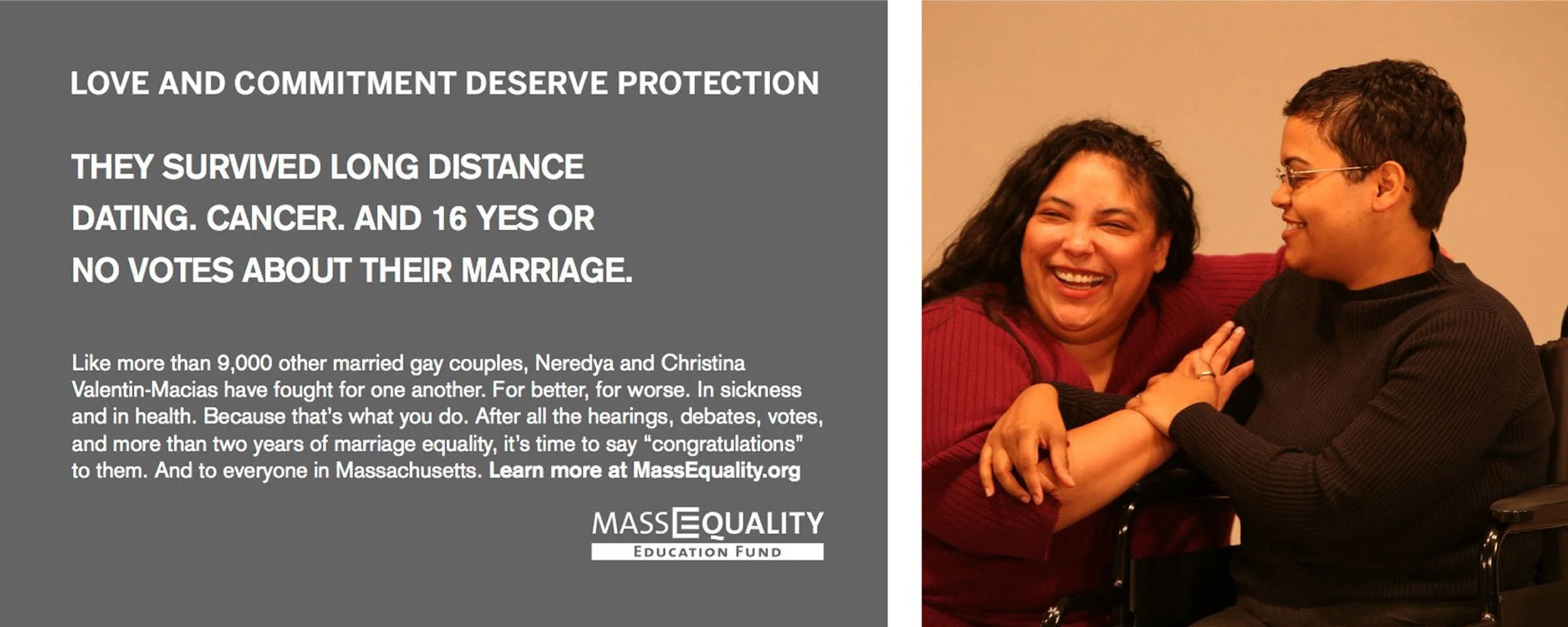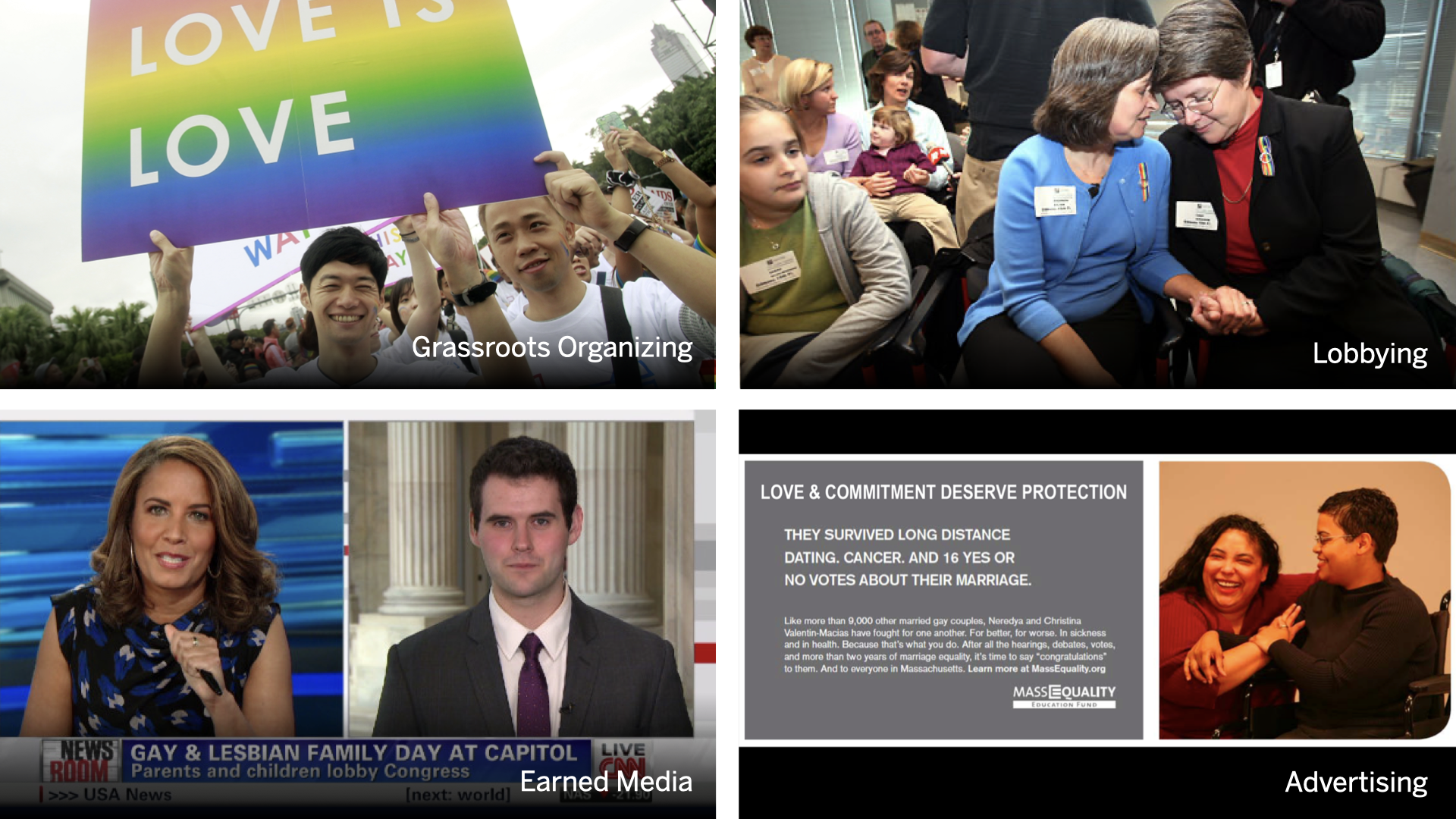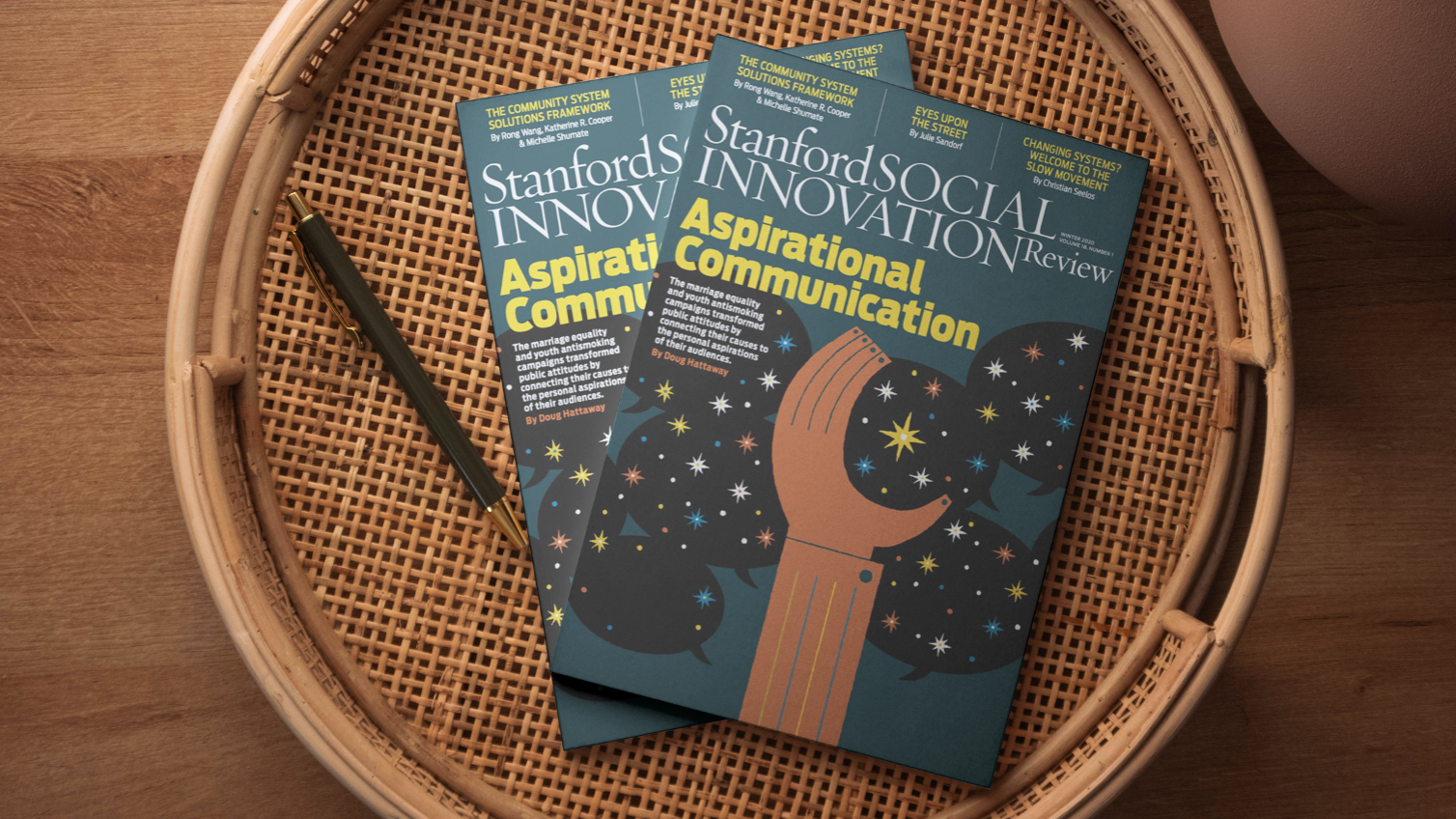Winning A Historic Victory for Marriage Equality
Aspirational Communication helped millions change their minds
The challenge
Freedom to Marry, the Human Rights Campaign, and other organizations working to win legal recognition of same-sex marriages in the U.S. faced an uphill battle.
The movement lost ballot measures and legislative battles in dozens of states. Only 1 in 4 Americans supported the cause. Elected officials saw it as a controversial, polarizing issue.
Messaging focused on protecting the constitutional rights of same-sex couples. Storytelling focused on couples harmed by discrimination. This approach didn’t move enough people.
The AHA!
We put aside the politics of the issue—to focus first on voters’ aspirations for marriage. Connecting a cause to people’s hopes for their own lives makes it more meaningful to them.
In-depth interviews with voters found that the vast majority aspired for a life-long commitment. Most associated marriage with love and family, not legal rights and benefits. Same-sex couples saw it that way, too.
This shared aspiration encouraged many voters to see same-sex couples in a new way. Voters concerned about changing laws and social norms felt more comfortable with the idea of marriage equality.
This insight helped the movement re-frame the marriage equality campaign with a new focus on the deeply held, widely shared aspiration for “love and commitment.”
The Action
Stories of love and commitment led people to respect same-sex relationships.
The authentic, aspirational frame inspired people to share their stories with family, friends, news media, and elected officials.
“We saw their love and commitment for each other.”
Freedom to Marry ads featured voters talking about their decision to support marriage equality, which encouraged others to think about the issue in a new way—a key step to achieve “durable” attitude change.
The Impact
The new framing—and a newly energized movement—helped defeat the Federal Marriage Amendment in Congress, advance marriage equality in state legislatures, win ballot measures in multiple states, and ultimately secure a historic ruling in the U.S. Supreme Court. Surveys show upwards 7 in 10 Americans support marriage equality today.
Learn more about the strategy, science, and storytelling behind the marriage equality campaign in this article in Stanford Social Innovation Review.
Listen to our conversation with Evan Wolfson, founder of Freedom to Marry, reflecting on how the movement eventually achieved a supporting majority that couldn't be stripped away.
Hattaway Communications provides training, technical assistance, communications research, and related services to government agencies.
Email info@hattaway.com to learn more



